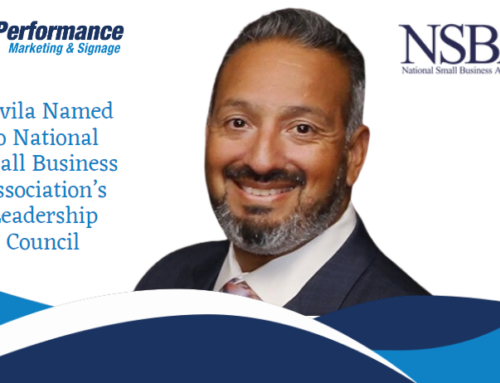- Contact your Current Clients
Your first priority should be to strengthen the bond between yourself and your current clients. Anyone who’s taken Business 101 can tell you that keeping existing customers is less expensive than acquiring new ones, but it goes deeper than your bottom line. Investing in present relationships and finding new and impressive ways to service them allows you to establish a tight bond with your clients, establishing a level of trust and commitment that goes even beyond the work being done. You can achieve this by contacting clients directly and assuring them that you are devoted to helping them reach all of their goals and keeping them involved in the process. Once those relationships are as tight-knit as possible, then you can focus on getting new clients.
- Build a NEW Marketing Plan (and Write it Down)
If you didn’t have a marketing plan before, you need one now, and if you did have a plan before, you need a new one that reflects current realities. Begin by determining your objectives and determining how you can achieve them with your current resources by choosing which strategies you’ll use, how much they’ll cost, and when you’ll use them. Put your plan down on paper and make yourself accountable for carrying it through. Remember to analyze your efforts so that you can study what worked and what didn’t for future efforts.
- Appeal to the Emotions
Harvard professor Gerald Zaltman says up to 95% of buying decisions are subconscious. In his book, “How Customers Think: Essential Insights into the Mind of the Market,” he writes that unconscious urges are the true drivers behind most decision-making. Build a plan that engages potential clients on an emotional level to make your brand an obvious choice. To establish meaningful brand awareness, your strategy should focus on giving each potential client nine or more impressions every year, and the easiest way to achieve that is to appeal to their emotions directly.
- Listen to the Community
Pay attention to what others in your field are saying. Read articles and social media posts to find out what your potential clients want, enjoy, need, and are afraid of. You can only fully connect with someone if you understand them. These tactics can also be applied to studying your competitors as well.
- Become a Thought Leader
You’re an expert, right? Now is the time to show it! There are numerous free/cheap avenues for sharing your content: blog, video, podcast, social media, email, direct mail, and more. Generate content often about your industry and how the changes will affect potential clients. Remember: it’s fine if no one is paying attention at first. Building a following takes patience and constant content, but the longer you stick with it, the more likely you are to succeed.
- Social Media is Free, So Use It!
Share your content through multiple social networks, all the time. Think about the medium before sending the message to ensure that you present your brand in the best possible light. When recycling your messages, evaluate each medium and tailor the message. For instance, a tweet is limited to 280 characters and may be scrolled through in an instant! What will you write with so few words to catch a potential customer’s attention? A Facebook or LinkedIn post can be up to 700 characters long and is given more of a chance by readers, allowing you to take the words needed to detail who you are and what you can do. And an email can be as long as you want! And it’ll go directly to your client’s inbox! So give it your best shot.
- Ask for Referrals
The hardest part of asking for referrals is having the courage to ask. Here’s a confidence-building tip: If you believe that you are the best choice, you are morally obligated to ask for the referral! Your confidence is your best tool to inspire others to trust you, so show it!
Glenn Davila is an award-winning marketing professional with 25+ years of experience across a spectrum of industries. Glenn was part of the team that launched Performance Marketing in 2001, offering marketing and operations consulting to businesses and non-profit organizations across the country. For information, visit www.callpm.com.






